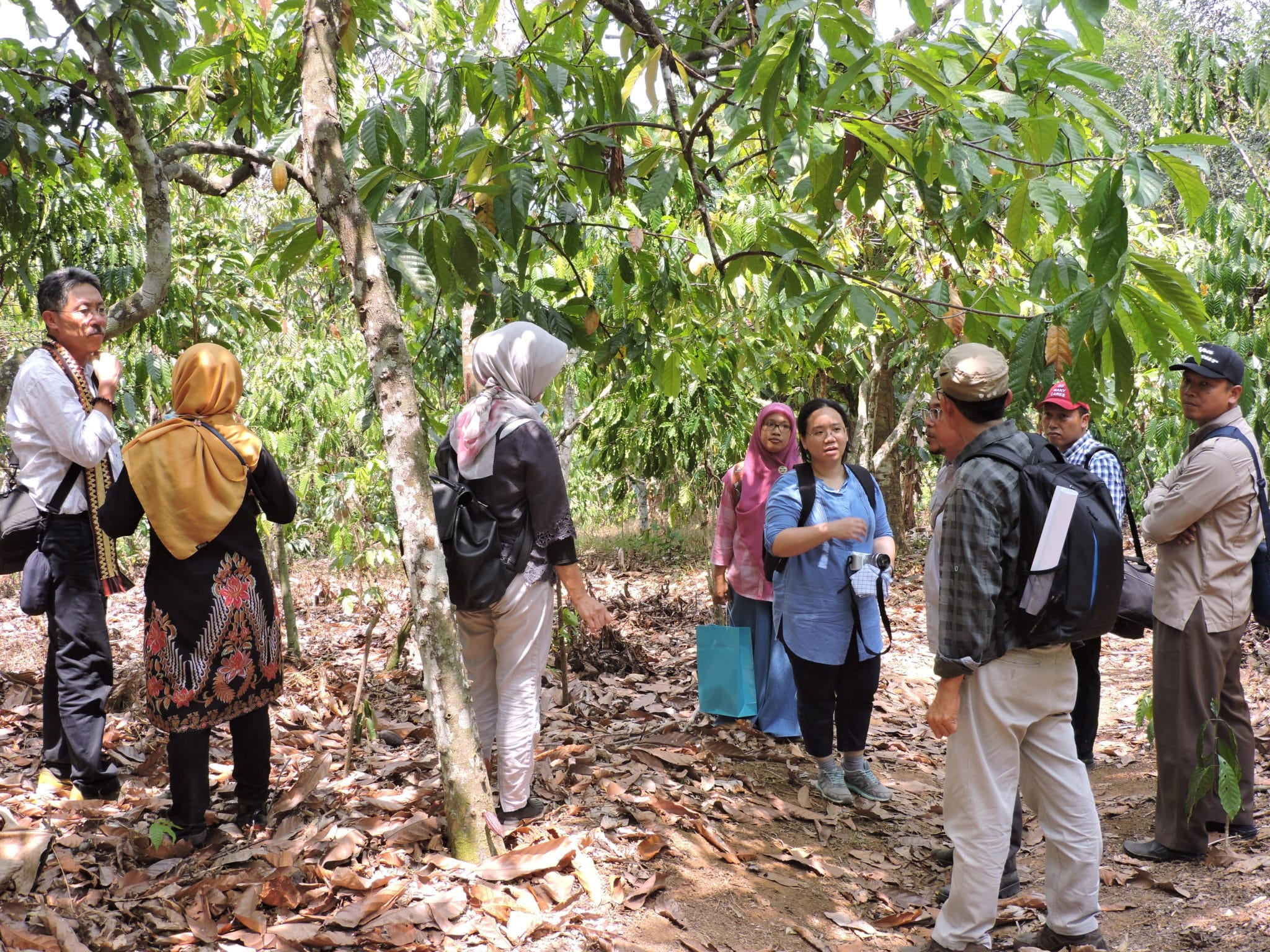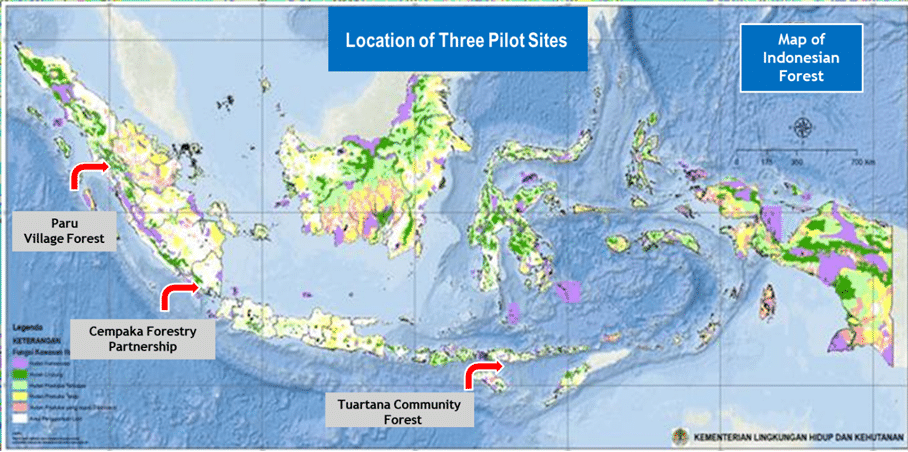This article briefly highlights CBFM in Indonesia from 2015-2020 through the regional project on ‘Facilitating the Participatory Planning of Community Based Forest Management Using Geographic Information System and Remote Sensing Technologies in Forest Resources Management in the Philippines, Indonesia and Thailand’.
Many countries in Asia, particularly in the ASEAN region, recognize that the involvement of local people in forest management is key in achieving sustainable forest management and improving the well-being of forest-dependent communities. Changes in the forest management paradigm in Indonesia pushed the development of a forest management system that would accommodate the conflicting interests of related stakeholders. This forest management system is known as community-based forest management (CBFM). CBFM provides opportunities for forest communities in the vicinity of a community forest to work with the government and become active partners in forest management.
AFoCO aims to contribute to the improvement of forests and sustainable development of forest resources in the region, especially in areas with community settlements. A participatory approach was applied to the Community-level Forest Management (CFM) planning process to ensure that management planning takes into consideration the needs of the local community and is in line with national planning.
Indonesia, one of our member countries, has been proactive in promoting livelihood development programs and projects that can encourage economic activities at the community level through improvements in infrastructure, social forestry mechanisms, and local income-generating initiatives. In the forestry sector, social forestry has been gaining more attention recently and is expected to contribute to economic growth, especially in infrastructure-connected areas.
Indonesia’s Ministry of Environment and Forestry has issued a policy to give access to local communities to manage forests through social forestry. Social forestry is a sustainable community-based forest management system governed by No.P83. (Year 2016) and No.P39 (Year 2017) under the five schemes in the Ministry’s regulation: Community Forestry (HKm), Village Forest, Community Plantation Forest (HTR), Forestry Partnership, and Customary Forest.

Project achievements in Indonesia
The project has endeavored to enhance the procedures in the formulation and development of community-level forest management plans. For that, local stakeholders were engaged in capacity-building activities in forest resources management that utilize GIS/RS technologies. Such innovative ways of CFM will improve synergies and mainstreaming in the field, promote investments from development partners, and improve monitoring and evaluation mechanisms.
Local community plans developed and implemented through the project include forest land development in pilot sites located in Paru Village Forest in Sijunjung, West Sumatera; Cempaka Forestry Partnership in Pringsewu, Lampung; and Tuartana Community Forest in Sikka, East Nusa Tenggara (refer to project map below). The project has helped to increase forest cover in the three pilot sites; contributed towards improving livelihoods by planting forest trees (both fruit tree and multi-purpose tree species) and seasonal crops; and supported the implementation of participatory forest management by local communities. In the process, project managers observed that communities became more independent and creative in the management of their forests. Likewise, building networks among the central and local institutions can also maximize the impacts and benefits of the project.

The project also developed Android-based and Web GIS-based database applications such as Indonesian Forest Flora (or FlorHI) for key stakeholders in forest management:
- Ministries or Institutions, as the basis for biodiversity development policies;
- Researchers or Academics, for the development of Science and Technology;
- FMU, NGOs and communities, for forest management;
- Law enforcement, to prevent transactions of endangered trees; and,
- Field officers, in providing information on essential ecosystems through the presence of rare or high economic value flora in the field.
Upon completion, reports on assessment and analysis of the status of the community-level forest management planning processes among the implementing countries will be made available as baseline information. To a greater extent, it is also expected that the knowledge retained by the communities will further encourage the continuous involvement of the local communities in addressing the adverse impacts of climate change.
Contributed by Nguyen Duy Vuong, AFoCO Fellowship Official from Viet Nam, and Dona Octavia, country project manager of Indonesia

